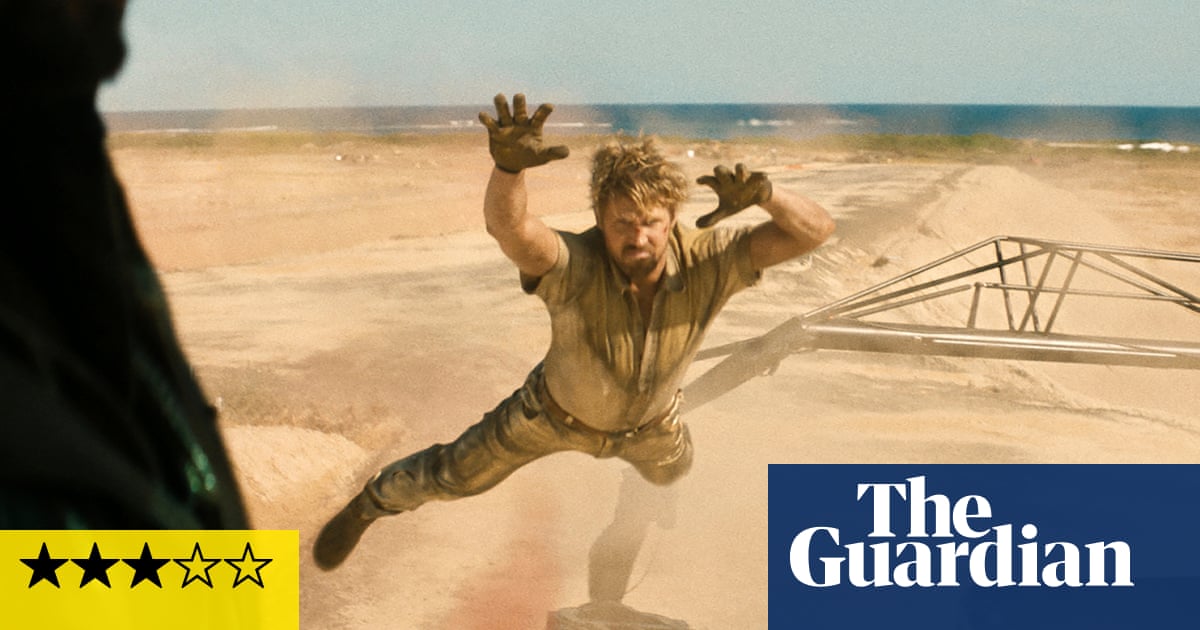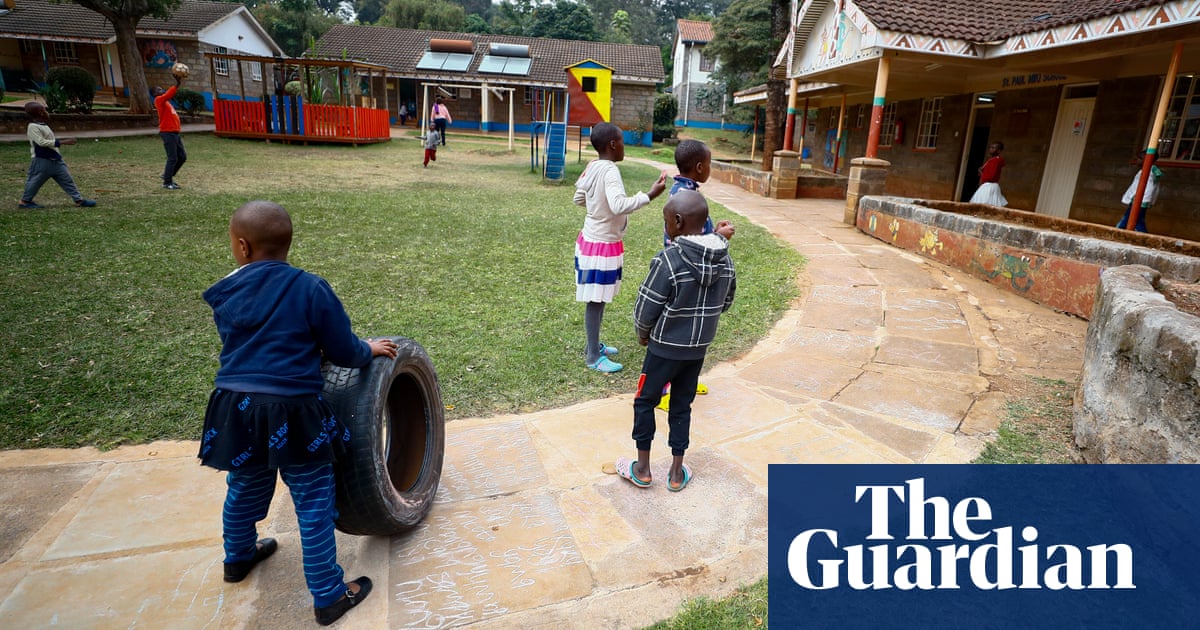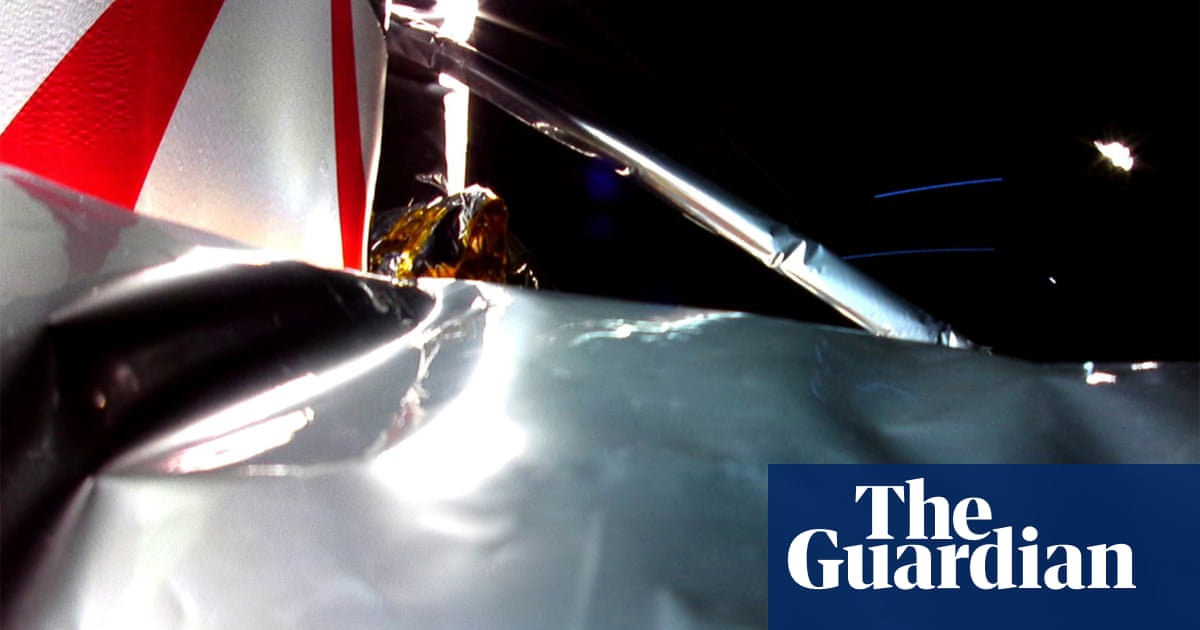
On paper, it couldn’t fail. The Fall Guy was a lock as this summer’s first – and possibly biggest – box office smash. It had it all. Action, comedy, romance. Record-breaking stunts. Two of the hottest stars around. Great reviews. And a dog.
Yet fail – or at least stumble – the The Fall Guy did. David Leitch’s bells and whistles blockbuster was tracked to make $40m at the US box office on its opening weekend. Instead, it landed just shy of $28m: a soft opening echoed overseas, where it picked up $30m across 68 other territories. Its current global total stands at $70m.
Revised estimates now put its likely final gross at $80m domestically and $150m overseas: a borderline break-even, once you factor in the $130m budget plus a lavish marketing spend.
It’s a bleak picture compared with last summer, when Gosling and Blunt were helping steer the Barbenheimer juggernaut to cinema-saving glory. Barbie is now on $1.5bn, Oppenheimer $954m.
This heat has been much leveraged promoting The Fall Guy. At the Oscars, the pair did a double act as presenters, nodding to Barbenheimer and plugging their new film’s big (if slightly niche) message: stunt performers should be celebrated just as much as stars.
They followed this up with a duet on Saturday Night Live three weeks ago, further bantering about the legacy of Barbenheimer and how hard Gosling’s Ken persona was to shake off.
This riff may have proven more accurate than intended. Perhaps Gosling’s current star wattage owes more to the character he played in Greta Gerwig’s movie than his actual appeal? Might he not be a name who can open movies after all?
“We’re still thinking about movie stardom and publicity in a way that is probably 20 years out of date,” says Steven Gaydos, executive editor of Variety.
Barbie and Oppenheimer’s remarkable success owed much to timing: both films were released in the white heat of their marketing push, an urgency compounded by the need to get all press completed before the looming actors’ strike.
The Fall Guy, by contrast, premiered at South by Southwest in early March, almost two months before its release. “Things move faster these days,” says Gaydos. “You can’t hold things back. Attention times are so short, the marketing has to be lightning perfect.”
He contrasts the fate of The Fall Guy with that of Dune: Part Two, which opened in late February, barely a fortnight after its first ever screening, and is now on $708m worldwide.
Both films also centre on a love affair, but while Gosling is 43 and Blunt 40, Dune’s stars – Timothée Chalamet and Zendaya – are still in their 20s. “For 14-24-year-olds, a romance between people in their 40s is another country,” says Gaydos.
“A lot of what makes The Fall Guy a terrific film may not make it a terrific hit. Is the audience for a $130m action movie the same audience who will enjoy a Howard Hawks-style sweet, satirical, thoughtful romance?”
This skew towards an older audience – less inclined anyway to frequent the multiplex – is also apparent in The Fall Guy’s source material: an early 80s TV series starring Lee Majors and rarely glimpsed on screens these days.
“The movie has mined the intellectual property of something which doesn’t have any value for anyone under 50,” says Gaydos. “Whereas the Dune franchise still clearly has a lot of life left in it.”
And while Hollywood has long been fond of making love letters to Hollywood, these are increasingly being returned to sender by bored audiences. The fate of Damien Chazelle’s early cinema extravaganza Babylon (2022), which was tipped to repeat the success of La La Land (2017), should perhaps have served as a caution. That film ended up making just $63m back from its $80m budget – and with no consolation Oscars to boot.
“Movies about illusions generally don’t work,” says Gaydos. “And The Fall Guy isn’t Romancing the Stone or Indiana Jones, it’s about how the sausages are made.”
The failure of The Fall Guy consolidates rumours currently circulating in Hollywood, he continued, that “2024’s box office may really be in bad shape. A lot of chickens are coming home to roost.”
This marks the first year since 2009 without a Marvel movie to kickstart the summer, and there is only one superhero offering in the whole holiday period: Deadpool and Wolverine, whose R-rating will impose a ceiling on its possible haul.
That doesn’t arrive in cinemas until late July, leaving children’s films to pick up the slack. Kung Fu Panda 4 is the second highest-grossing film of the year, after Dune: Part Two, with Despicable Me and Inside Out sequels following in June and July.
Typically 40% of the entire annual US takings are made between the start of May and Labor Day at the beginning of September. Pre-Covid, the figure for that period regularly topped $4bn; in 2023 it was $4.1bn. This year’s estimate is $3bn – a low last recorded in 2000.












